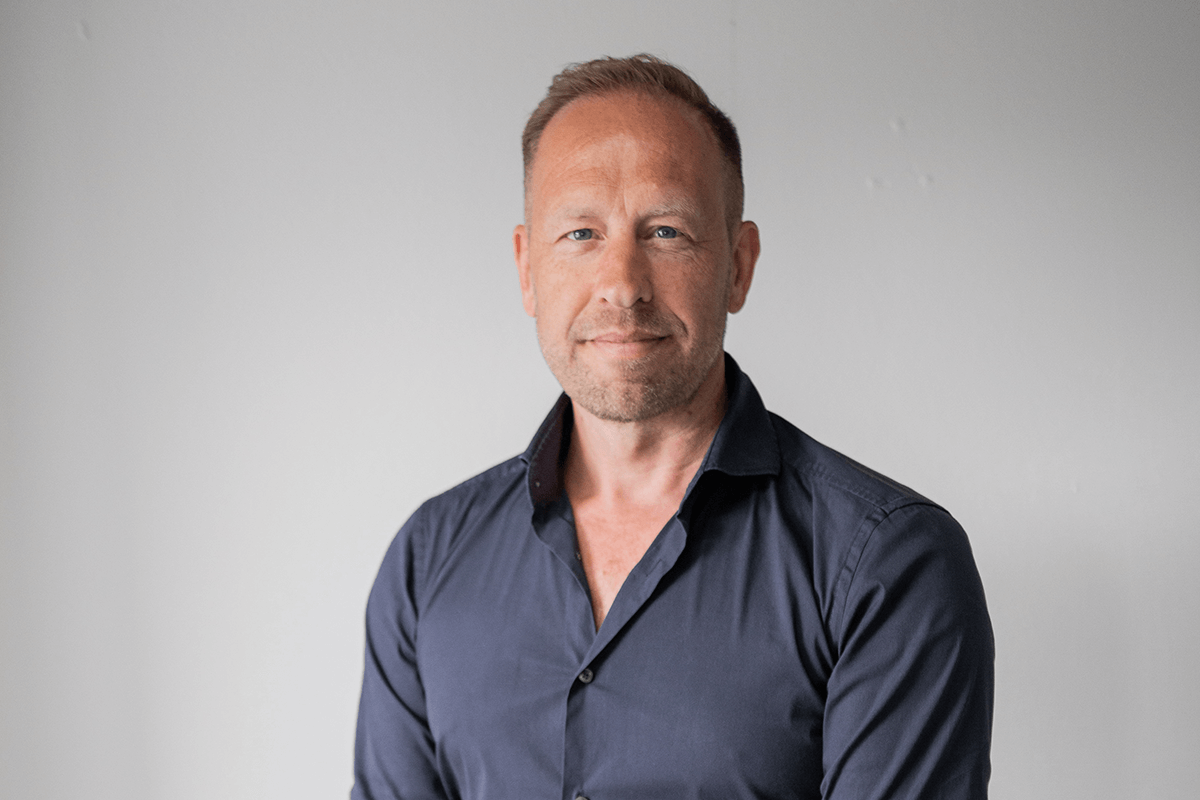How to Stream in an Eco-friendly Way: Reducing Your Digital Carbon Footprint
Last updated: 27 June 2023

Live streaming has become an increasingly popular way to connect with audiences around the world. However, it’s important to consider the environmental impact of our online activities. Streaming live events, whether it’s gaming, music, or webinars, can consume a significant amount of energy and contribute to carbon emissions. In this blog, we will explore practical ways to stream live in an eco-friendly way, reducing our digital carbon footprint while still engaging with our audience.
1. Optimize your streaming setup
Choose energy-efficient equipment: Use LED studio lighting where possible, this saves up to 90% energy consumption. Look for other devices that have energy-saving features, such as monitors with low power consumption and laptops with energy-efficient processors. For 24/7 streaming, we advise to use low-power-high-efficiency optimized hardware. Jet-Stream Cloud supports a wide variety of hardware and software encoders, and protocols too. For live event streaming we recommend using Jet-Stream’s cloud-based OnAir 4K on an Apple M1/M2 laptop, for high quality, low footprint live encoding. OnAir 4K simply runs in your browser, is hardware accelerated and does not eat up any storage, CPU, or memory when you’re not streaming unlike encoding applications. In general, don’t leave live encoders running if you are not testing or streaming, switch them off entirely.
2. Stream at optimal settings
a. Adjust your resolution. Streaming at a lower resolution consumes less bandwidth and reduces data transfer, which in turn saves energy in the entire chain. Consider streaming at 720p instead of 1080p or 4K if it still provides satisfactory quality. Jet-Stream Cloud gives you full freedom and control to stream in any bit rate.
b. Optimize bitrates. Streaming at excessively high bitrates can increase data usage and energy consumption. Find the right balance between quality and bandwidth usage to reduce your digital carbon footprint. Jet-Stream Cloud gives you full control over bit rate transcoding: either you can pass through your stream in its original pristine quality (without using any cloud transcoding resources) or configure your own bit rate ladder profiles to tune quality per individual stream. In addition, scene optimization automatically reduces the bit rate where possible while maintaining quality.
c. Optimize frame rates. Streaming at 50 or 60 fps is beautiful, but unless you’re streaming live sports, 25 or 30 fps is sufficient. It saves half the transcoding, data and decoding power required.
d. Use efficient codecs. Modern video codecs like H.265/HEVC or AV1 can offer better compression efficiency beyond full HD streaming, reducing the bit rate without compromising quality. However, keep in mind that these technologies can require significant more encoding and decoding power, and are not supported in all devices, so it is advisable to make an optimal codec plan per use case.
e. Use adaptive bit rate streaming. End user devices will automatically choose the most optimal bit rate per device instead of having to decode and scale down one high quality stream to fit on a screen that has a lower resolution.
3. Green hosting and cloud services
a. Choose eco-friendly streaming platforms. Look for streaming platforms that prioritize renewable energy sources for their data centers. Jet-Stream Cloud has made significant commitments to reducing its environmental impact and has been 100% carbon neutral since 2004. For example, only certified green energy is being used, and only datacenters with a PUE of 1.2 or lower are used, with top cooling and cold corridors. Jet-Stream Cloud’s built in algorithms actively monitors the popularity of each stream and video, and automatically scales down resources for longtail content, while upscaling instantly for viral content, dramatically reducing its storage, server, rackspace, and energy footprint, while maintaining extreme performance and scale.
b. Utilize cloud-based transcoding. Consider using cloud-based transcoding services. These services optimize video files for different devices and screen sizes, reducing the need for additional processing power on your end. Jet-Stream Cloud’s built-in MaelStrom Transcoding service is 100% green energy powered and is a hybrid software and hardware accelerated solution, which reduces energy consumption by 89% compared to software-based encoding.
c. Don’t record live streams if they need not be archived. Imagine how many unwatched videos are collecting dust, eating up storage, and server and energy resources. With Jet-Stream Cloud, recording of livestreams is opt-in instead of opt-out, to prevent the unnecessary use of resources.
d. Use green cloud services for player and analytics. Transcoding and streaming are not the only resource intensive services in streaming. Analytics requires processing of billion log streams per hour. Jet-Stream StreamStats runs on our own green cloud too, and is designed to aggregate data, reducing your data processing and storage footprint. Jet-Stream Privacy Player Pro is also hosted on the same green cloud, so the entire chain from encoding, transcoding, encryption, storage, streaming, player, and statistics is 100% sustainable.
4. Promote sustainable practices
Cloud services use energy. But did you know that from glass-to-glass (camera to display), the end users’ environment is responsible for almost 90% of all energy consumption? WiFi, large TV’s, surround receivers, laptops, tablets, and phones, for example. Encourage your audience to stream responsibly by promoting energy-saving tips and highlighting the importance of reducing digital carbon footprints. Engage with your viewers to discuss eco-friendly practices. Some practical tips: advise users to use a wired internet connection instead of WiFi or 5G, and advise to dim the screen to an acceptable brightness.
5. Educate and raise awareness
Spread the word: Use your live streams as an opportunity to educate your viewers about the environmental impact of digital activities and the importance of sustainable practices. Jet-Stream has been committed to sustainable streaming since 2004, with 100% renewable energy resources, and is investing permanently in optimizing our and your footprint.
Conclusion
By adopting eco-friendly practices when live streaming, we can significantly reduce our digital carbon footprint together. Implementing energy-efficient equipment, optimizing streaming settings, choosing eco-friendly hosting services, promoting sustainable practices, and raising awareness among our audience can make a meaningful difference. Let’s embrace these steps to ensure that our online activities align with our commitment to a greener future. Together, we can stream live while treading lightly on the planet.




